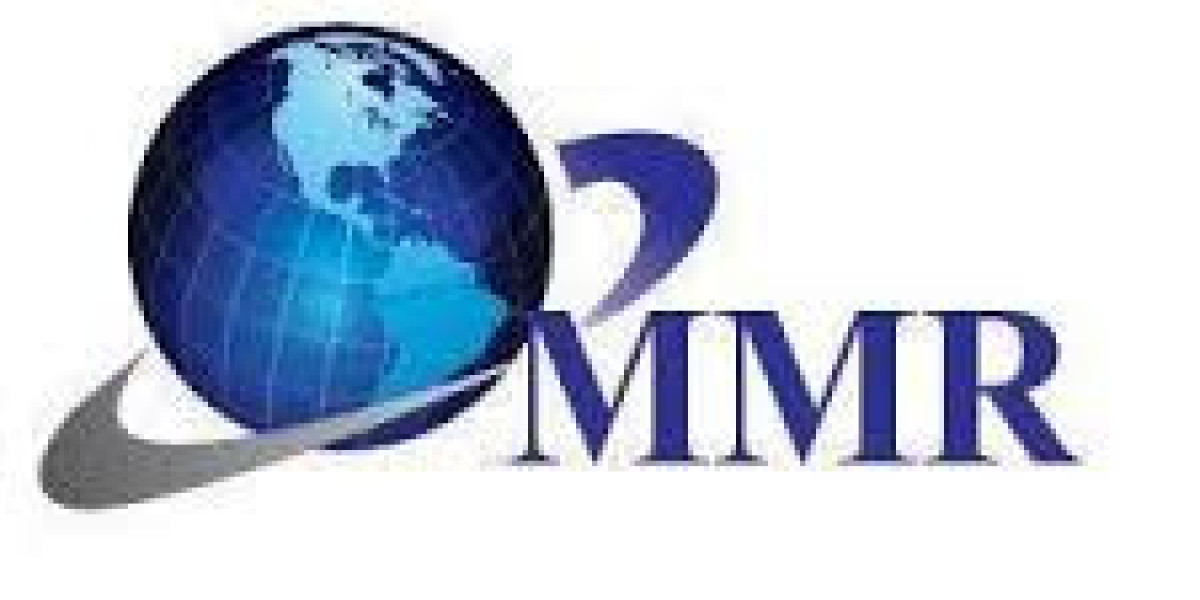Dry eye syndrome (DES) presents a significant challenge to millions worldwide, affecting people of all ages and backgrounds. Also known as dry eye disorder or tear dysfunction, this condition occurs when the eyes lack sufficient lubrication and moisture, leading to discomfort, irritation, and potential damage to the ocular surface. As awareness grows and diagnostic capabilities improve, the market for dry eye syndrome therapy is witnessing remarkable advancements to address this prevalent condition effectively.
Understanding Dry Eye Syndrome:
Dry eye disorder encompasses a spectrum of symptoms and underlying causes. Tear dysfunction lies at its core, where either insufficient tear production or poor tear quality fails to adequately nourish the eye's surface. Environmental factors, age, certain medications, and underlying health conditions can exacerbate these issues, leading to chronic discomfort and impaired vision.
Market Dynamics:
The dry eye syndrome market is witnessing dynamic growth, fueled by an aging population, increased screen time, and rising environmental pollutants. According to recent research, the global market is projected to expand significantly in the coming years, driven by technological innovations and the development of novel therapeutic approaches.
Therapeutic Innovations:
Traditional treatments such as artificial tears and lubricating eye drops remain foundational in managing dry eye symptoms. However, recent years have seen a surge in research and development efforts aimed at offering more targeted and effective therapies.
Advanced Formulations: Pharmaceutical companies are investing in the development of advanced formulations, including lipid-based eye drops and biocompatible polymers, to enhance tear stability and prolong symptom relief.
Regenerative Therapies: Stem cell therapy and regenerative medicine hold promise in restoring ocular surface integrity and promoting tear production. Clinical trials are underway to evaluate the safety and efficacy of these innovative approaches.
Anti-Inflammatory Agents: Inflammation plays a pivotal role in dry eye pathogenesis. Therefore, pharmaceutical interventions targeting specific inflammatory pathways are being explored to alleviate symptoms and prevent disease progression.
Device-based Therapies: From eyelid warming devices to in-office procedures like intense pulsed light therapy, device-based treatments offer alternative modalities for managing dry eye syndrome, particularly in cases refractory to traditional therapies.
Market Landscape and Future Prospects:
The dry eye syndrome market is characterized by a diverse array of stakeholders, including pharmaceutical companies, medical device manufacturers, research institutions, and healthcare providers. Collaboration and innovation are driving forces in this dynamic landscape, with an emphasis on personalized medicine and patient-centered care.
Key market players are actively engaged in strategic partnerships, mergers, and acquisitions to broaden their product portfolios and expand market reach. Additionally, regulatory agencies are working closely with industry stakeholders to streamline the approval process for emerging therapies, facilitating timely access for patients in need.
Looking ahead, the future of dry eye syndrome therapy holds immense promise. With ongoing advancements in diagnostic technologies, precision medicine approaches tailored to individual patient profiles are expected to revolutionize treatment outcomes. Furthermore, the integration of digital health solutions, such as telemedicine platforms and remote monitoring devices, will enhance patient engagement and optimize therapeutic management.
In conclusion, the dry eye syndrome market is poised for substantial growth and innovation, driven by an evolving understanding of disease pathophysiology and a commitment to improving patient outcomes. By harnessing the collective expertise of researchers, clinicians, and industry partners, we can address the unmet needs of individuals affected by this prevalent ocular condition and pave the way for a brighter, more comfortable future.
Major Key Players:
MRFR recognizes the Dry Eye Syndrome Companies are— Allergan (Republic of Ireland), Novartis AG (Switzerland), Otsuka Pharmaseutical Co. Ltd. (Japan), Valent Pharmaceuticals (Canada), Johnson & Johnson Vision (US), Acadia Pharmaceuticals (US), Allostera Pharma (Canada), I-Med Pharma Inc. (Canada)
Browse Related Reports:
Arterial Blood Collection Devices Market
Sleeping Bruxism Treatment Market
For More Information, Please Visit @ Market Research Future















